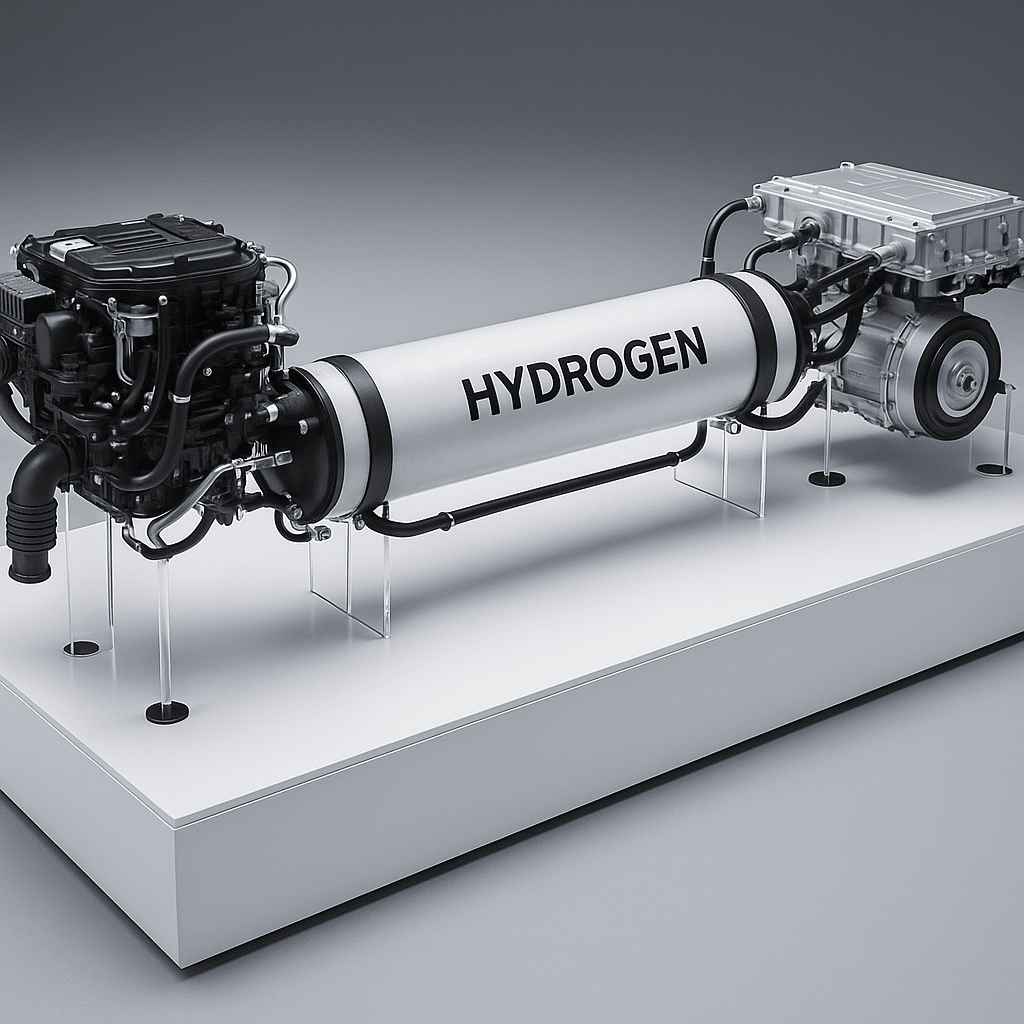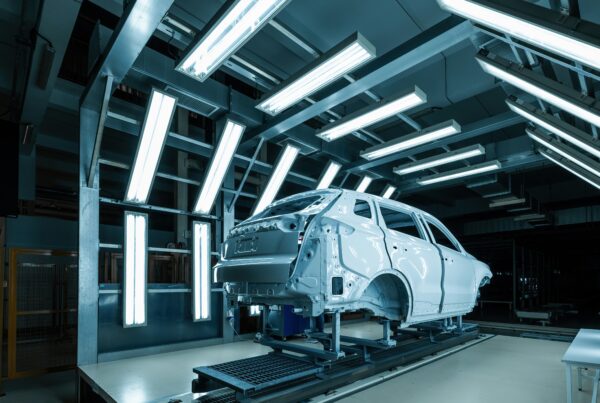Hydrogen Powertrains: The Mechanical Challenges You Don’t See
Why Hydrogen, Why Now?
Battery electric vehicles (BEVs) might dominate headlines, but hydrogen is steadily gaining ground—particularly in sectors where batteries fall short. Long-haul transport, military mobility, and heavy-duty commercial fleets are looking to hydrogen for its fast refuelling, extended range, and performance under demanding conditions.
But the real challenge isn’t just about using a clean fuel. It’s a mechanical and systems engineering marathon. Behind every hydrogen-powered vehicle is a complex array of design, materials, and integration hurdles that rarely get the spotlight.
Here’s what’s happening behind the scenes.
1. Tank Design at 700 Bar: Pressure Makes Perfect
Hydrogen is stored at an extraordinary pressure of 700 bar (10,000 psi). That level of force transforms tank design from a simple fuel container into a high-performance pressure vessel.
To make it work, tanks are:
-
Wrapped in carbon fibre composites for strength and weight reduction
-
Shaped cylindrically to evenly distribute stress
-
Mounted using systems engineered to handle vibration, impact, and crash loads
This isn’t just mechanical engineering—it’s precision under pressure.
2. Thermal Management: A Symphony of Cooling
Fuel cells generate substantial heat, and power electronics generate even more. Managing that thermal output requires advanced cooling strategies, especially in compact vehicles.
Effective systems often use:
-
Dual-loop cooling circuits, separating fuel cell and drive unit thermal loads
-
Precisely controlled temperature zones for component protection
-
Complex packaging constraints that make radiator placement and airflow a constant challenge
In hydrogen vehicles, cooling is far more than just airflow – it’s a finely tuned thermal symphony.
3. Fuel Cell Packaging: Not Plug-and-Play
Unlike diesel engines, fuel cells aren’t designed to simply drop into existing engine bays. They require custom layouts that account for function, serviceability, and resilience.
Key considerations include:
-
Vibration isolation, especially critical for off-road or military vehicles
-
Airflow optimisation and thermal separation between components
-
Modular, field-serviceable designs
Smart packaging determines whether a vehicle is reliable in the real world – or not.
4. Hydrogen Embrittlement: The Silent Killer
Hydrogen molecules can infiltrate metal structures and cause them to crack – a phenomenon known as hydrogen embrittlement. It’s one of the most serious material risks in hydrogen system design.
Engineers mitigate it through:
-
Careful selection of embrittlement-resistant alloys and coatings
-
Thoughtful design of seals, welds, and mechanical joints
-
Rigorous microcrack testing early in development
This is materials science pushed to its limits.
5. Drivetrain Integration: No One-Size-Fits-All
Hydrogen vehicles generally fall into two categories:
-
Fuel Cell Electric Vehicles (FCEVs): Highly efficient, but requiring sophisticated electrical integration
-
Hydrogen Internal Combustion Engine Vehicles (HICEVs): Easier to retrofit, but mechanically more complex
Each architecture demands custom drivetrain engineering – covering everything from cooling to torque delivery to energy management.
6. Refuelling: Fast, Cold, and Mechanically Intense
Hydrogen refuelling is fast – just minutes – but far from simple mechanically.
Key challenges include:
-
Extreme temperature swings during rapid fills
-
High-precision valves and connectors
-
Maintaining seal integrity under both high pressure and cryogenic conditions
Behind the speed of hydrogen refuelling is a carefully engineered ecosystem.
7. Safety: Built In, Not Added On
Hydrogen’s flammability means safety is a core mechanical design principle, not a feature added at the end.
Mechanical safety strategies include:
-
Isolation valves that shut instantly on impact
-
Energy-absorbing structural designs around tank systems
-
Crash simulation models that include gas dispersion and ignition risks
Safety systems are designed into every bolt and bracket.
8. Defence and Heavy-Duty Use: Built for the Extreme
From military to mining, hydrogen systems are entering some of the harshest environments on the planet.
That requires:
-
Resilience to dust, water, vibration, and extreme temperatures
-
Modular, field-repairable components that don’t require a service centre
-
Mobile, off-grid refuelling infrastructure
This isn’t just engineering for performance – it’s design for survival.
Looking Ahead
Hydrogen powertrains are rapidly evolving, with several breakthrough trends on the horizon:
-
Solid-state hydrogen storage promises to simplify tank design
-
Tank-in-frame integration could radically improve packaging efficiency
-
Advanced coatings may eliminate embrittlement concerns entirely
We’re not just refining powertrains – we’re building the foundations of a hydrogen-powered ecosystem.
Final Take
Hydrogen has the potential to transform mobility, but it’s not a simple swap. Mechanical integration is the linchpin. It’s the behind-the-scenes work that makes clean energy viable on the road, in the field, and across industries.
From materials to modularity, from packaging to pressure, engineers are solving first-of-their-kind problems – building from the ground up to make hydrogen viable, scalable, and rugged enough for the real world.
Let’s keep building.
Are you working on hydrogen systems? Facing integration or packaging challenges? Interested in collaborating or exchanging ideas. I’d love to connect, email Jake@akkar.com.








